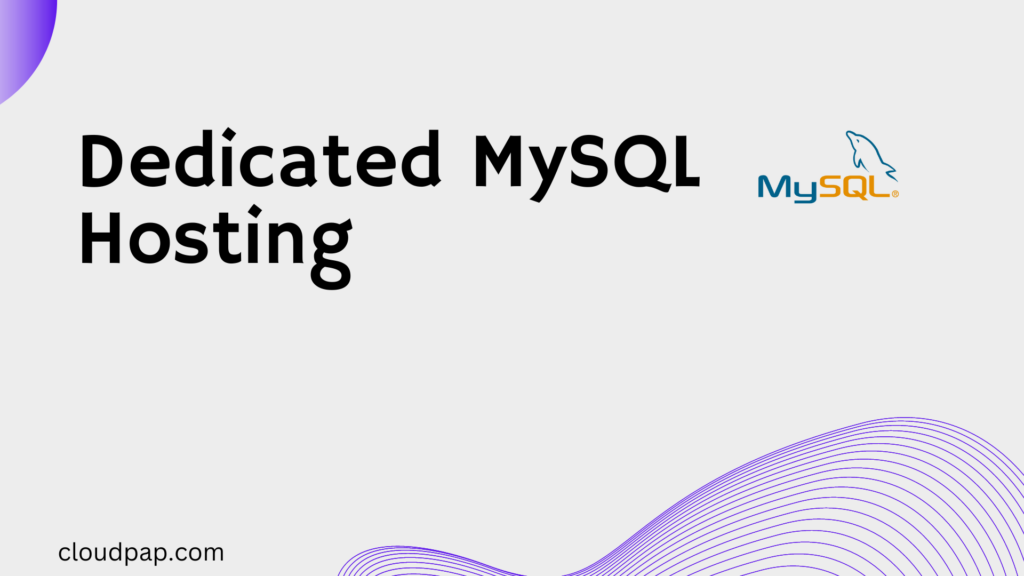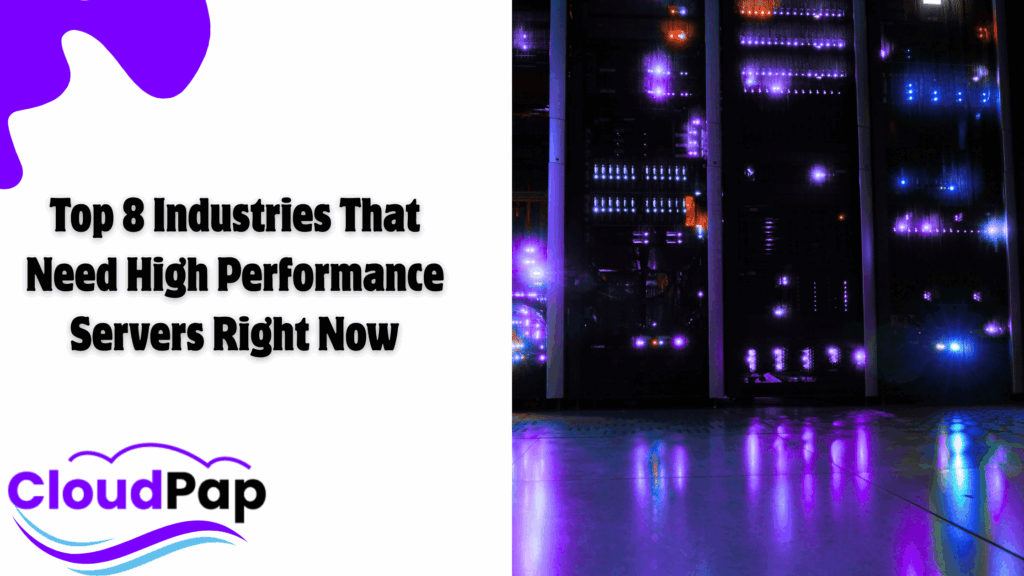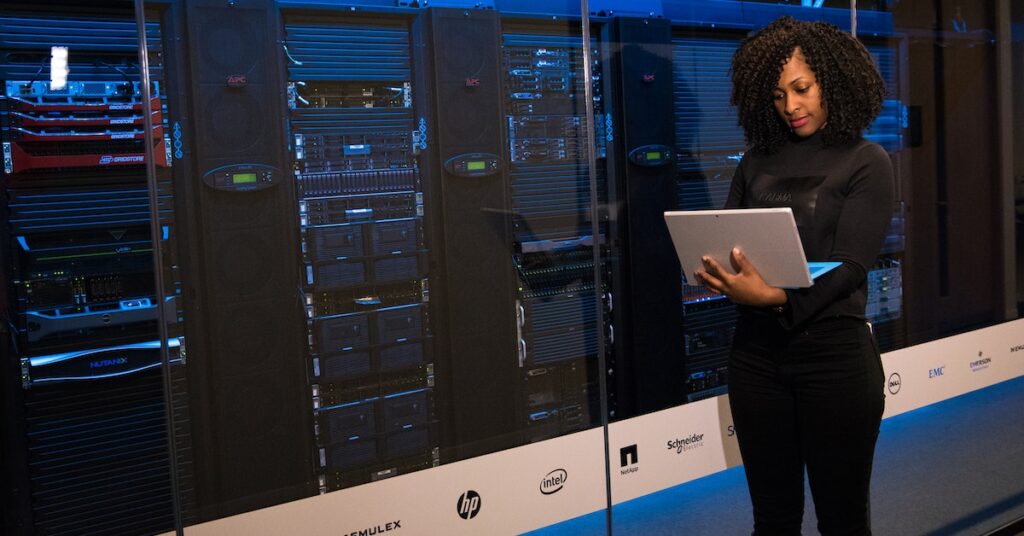Between 1990 and 2020, the volume of cargo transported by ships more than doubled from four billion tons to nearly nine billion tons.
The global economy is built on efficient shipping logistics. But it hasn’t always been that.
For instance, the main issue facing this industry is supply chain disruptions.
This may end up causing delays in the maintenance of merchant vessels due to a shortage of spare parts.
In fact, damage to equipment and machinery is a major cause of incidents onboard ships.
Statistics show that equipment breakdown caused about 9,000 out of 26,000 incidents between 2010 and 2019.
What’s the possible solution?
This article will explore how cloud computing is transforming the world of shipping logistics.
Basics of Cloud Computing
Cloud computing is an approach that enables access to a shared pool of configurable resources (e.g. networks, servers, storage, applications and services) on demand from any location.
It consists of five key characteristics, three service models and four deployment models.
Essential Characteristics
- On-demand self-service: A consumer can access computing resources, such as server time and network storage, without manually interacting with each service provider.
- Broad network access: Networking capabilities can be accessed via standard protocols, allowing for use on various mobile phones, laptops and PDAs.
- Resource pooling: The provider’s computing power is shared among multiple users with the multi-tenant model. Virtual and physical resources are allocated and reallocated based on user needs. As customers have little control over the physical location of the resources, there is a sense of location independence. These resources can include storage, processing, memory, and network bandwidth. The user may be able to specify the location at a more abstract level, such as country, state, or datacenter.
- Rapid elasticity: Rapid, elastic provisioning of capabilities allows for scaling out and in faster. Consumers can access an almost limitless supply of these services and purchase them in any quantity and at any time.
- Measured service: Cloud systems use metering to control and optimize resource usages, such as storage, processing, bandwidth, and active user accounts. Usage is tracked, managed and reported, providing transparency for both the service provider and consumer.
Cloud Computing in Shipping Logistics Service Models
Cloud computing services can be deployed using three distinct approaches, commonly referred to as the cloud computing stack or cloud computing reference model:
- Infrastructure as a Service (IaaS)
- Platform as a Service (PaaS), and
- Software as a Service (SaaS).
These models provide varying levels of abstraction, from IaaS representing the least abstracted to SaaS the most.
- Infrastructure as a Service (IaaS): The consumer is provided with the ability to access processing, storage, networks and other computing resources, allowing them to deploy and execute any software, including OS and applications. While the consumer does not manage or have control over the underlying cloud infrastructure, they have control over the operating systems, storage, applications deployed, and limited control of network components (eg. host firewalls).
- Platform as a Service (PaaS): The consumer is given the ability to host their own applications, created with programming languages, libraries, services, and tools supported by the provider, on the cloud infrastructure. The consumer controls the applications and configuration but does not manage the underlying infrastructure, such as networks, servers, operating systems, or storage.
- Software as a Service (SaaS): The consumer can access the provider’s applications running on cloud infrastructure from various client devices via a thin client interface, e.g. web browser. The consumer has control over the applications and possibly configuration settings, but not the underlying cloud infrastructure – network, servers, operating systems, or storage.
Deployment Models
There are actually four deployment options for cloud computing in shipping logistics.
These models are distinguished by who is responsible for the cloud infrastructure and applications: private cloud, community cloud, public cloud, and hybrid cloud.
Each model has its own unique characteristics and advantages.
Private cloud is managed by a single organization, whereas the community cloud is shared among multiple organizations.
Public cloud is managed by a third-party provider, and the hybrid cloud combines the former two models.
Cloud Computing Services and Solutions for Logistics
Cloud computing has been a great boon to the logistics sector, reducing costs, time, and increasing transparency and accuracy.
It has enabled the efficient management and monitoring of the supply chain and can be categorized into three main areas: transportation management, inventory management, and warehouse management.
- The TMS is a cloud-based application that assists in the management of goods transportation. It provides an up-to-date overview of the transportation network and optimizes routes with information such as traffic, weather, and other relevant data to make transportation more efficient.
- The inventory management system (IMS) assists in managing goods inventory with real-time data on stock levels, expiration dates, and other relevant info. Furthermore, IMS alerts when stock levels are low or expiry dates are nearing.
- The warehouse management system (WMS) helps to streamline warehouse operations by providing information on stock levels, locations of goods, and other relevant data. It also assists in optimizing warehouse space and managing labour.
The Benefits of Cloud Computing for Shipping Logistics
a. Improved Visibility and Control
Logistic companies implementing cloud-based systems have access to real-time data that allows them to monitor their shipments from the source to the destination point.
This gives them greater insight into their supply chain performance and allows quicker decision-making when issues arise.
They gain more control over their shipments by allowing them to adjust routes and schedules on the fly based on changes in customer demand or other external factors.
This improved visibility and control can lead to cost savings through better planning, optimization of resources, and reduction in delays due to better forecasting capabilities.
And makes it easier for companies to manage risks such as theft or lost cargo since they can easily track their goods at all times.
b. Reduced Time and Resources
Cloud computing makes it easier for businesses to stay up-to-date with their supply chain.
Thanks to automating certain processes that would normally take hours or days to complete manually.
Consequently, frees up staff from tedious and repetitive tasks so they can focus on more meaningful work.
Cloud services eliminates the need for physical servers and storage devices, which translates into lower business costs.
In addition to freeing up staff’s time and reducing costs, cloud computing provides valuable real-time insights on inventory levels, shipment statuses, customer orders and more.
As a result, businesses can make better decisions to stay competitive in today’s market.
c. Increased Reliability and Security
Cloud solutions can provide a secure, stable environment for companies to store their data.
Again, cloud technology offers scalability that traditional IT systems lack; cloud providers have large infrastructures in place, so they can quickly adjust services as needed.
And so companies can always access the resources they need when they need them, regardless of demand fluctuations or other changes.
In terms of security, cloud computing offers robust protection against unauthorized access and data breaches.
Logistic firms can ensure that their data is safe from hackers or other malicious actors by utilising encryption algorithms and authentication technologies like multi-factor authentication.
Furthermore, cloud solutions often offer backup capabilities, so important documents or records won’t be lost in case of an outage or natural disaster.
Challenges Faced by Shipping Logistics
a. Security and Privacy Concerns
Security and privacy concerns are two of the biggest challenges with cloud computing in shipping logistics.
Organizations must ensure that data is stored securely, transmitted safely, and remains confidential to protect customer data and personal information.
The traditional security model for protecting data—firewalls, encryption algorithms, secure user authentication—doesn’t always hold true in a cloud environment.
There are many steps businesses can take to make their cloud environments more secure such as multi-factor authentication, frequent password changes, encrypted file storage systems, and secure web hosting services.
Moreover, organizations must also consider privacy issues when implementing cloud technologies into their shipping logistics operations.
Because the data being stored in the cloud could contain personal information about customers or employees, companies need to be mindful of any potential compliance requirements related to privacy laws such as GDPR or HIPAA.
b. Compatibility Issues with Legacy Systems
Companies must answer questions such as what will happen to their existing applications and data when moving to the cloud?
Will their current systems be able to integrate with new cloud-based solutions?
These are important considerations that need to be addressed before making the switch.
While there isn’t any single strategy that will work for all businesses, some tactics include assessing your current system architecture, migrating compatible data and applications, and leveraging application programming interfaces (APIs) from both old and new cloud services.
Again, firms should consider how they can best leverage existing technologies alongside cloud-based solutions.
Overall, transitioning from legacy systems can present challenges for those looking to make use of cloud computing in shipping logistics.
Final Thoughts
Cloud computing in shipping logistics has been a game-changer for shippers.
It has allowed companies to become more efficient, cost-effective, and streamlined in their operations.
Thanks to this technology, shipping businesses can gain insight into their shipping processes and find ways to optimize them for better performance.
As a result, leads to improved customer service, faster delivery times, and greater profitability overall.
The advantages of cloud computing don’t stop there.
It also allows for more accurate tracking of shipments, automated alerts when packages reach certain milestones in the process, and better communication between shippers and customers during the transit period.
As such, cloud computing is revolutionizing how companies handle shipping logistics worldwide.
Related:






